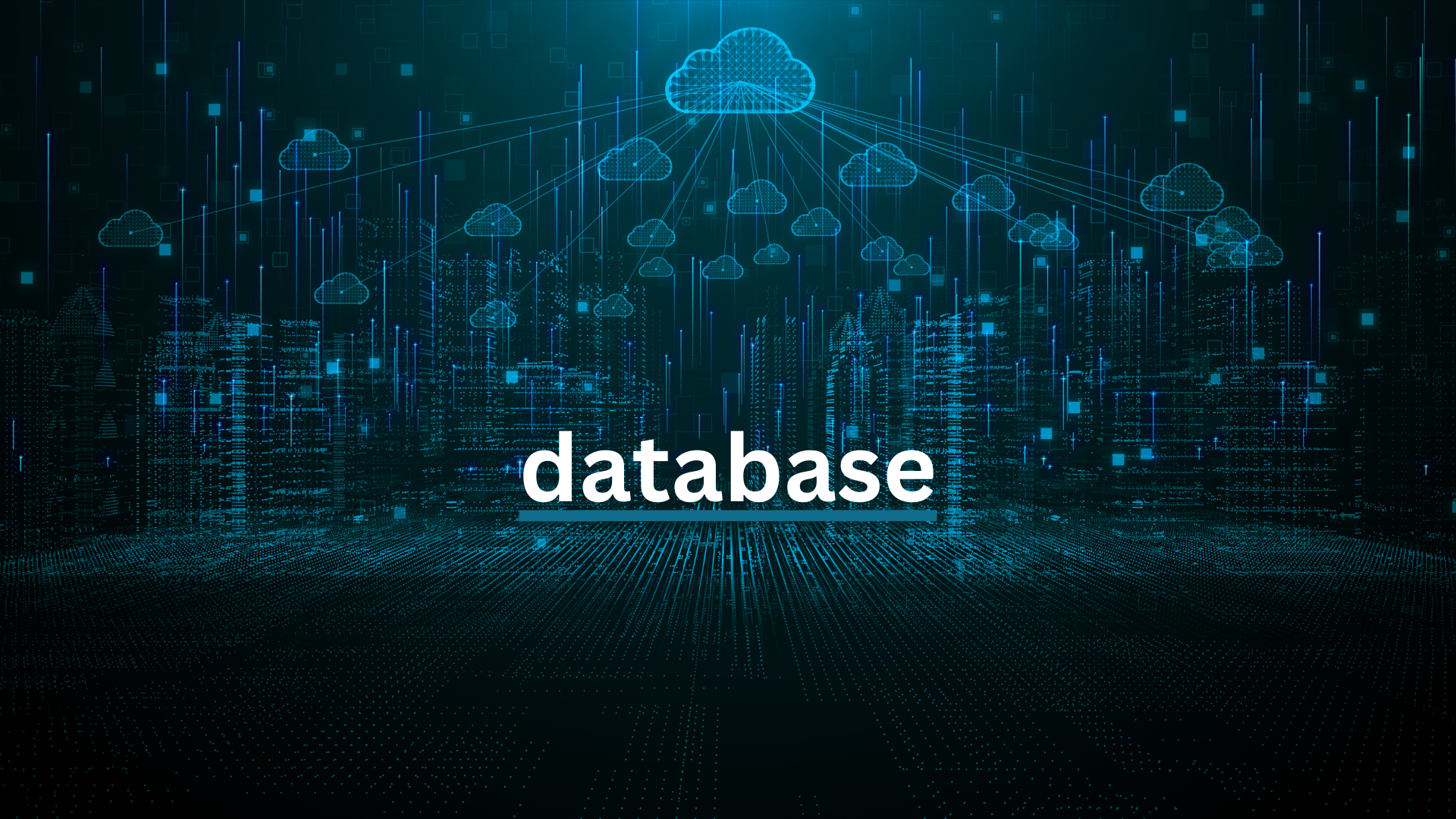Scalable Data Storage: Which Database is Right for You?
 Awais Ahmad
Awais Ahmad
In today’s data-driven world, selecting the right database is crucial for the success of data-centric applications. With the explosion of data and the increasing need for scalable solutions, it’s more important than ever to make an informed choice. This article will guide you through understanding the various scalable data storage solutions and help you choose the best database for your application’s needs.
Understanding Scalable Data Storage
Scalable data storage solutions are designed to handle increasing amounts of data efficiently. They ensure that as your data grows, the system can scale without compromising performance or reliability. Scalability can be achieved through various methods, including horizontal scaling (adding more machines) and vertical scaling (upgrading existing machines).
Types of Databases
1. Rlational Databases (RDBMS)
Relational databases, such as MySQL, PostgreSQL, and Microsoft SQL Server, are known for their structured data storage using tables with defined relationships. They are ideal for applications requiring complex queries, transactions, and data integrity.
Pros:
Strong consistency and reliability.
Support for complex queries and transactions.
Mature technology with extensive community and support.
Cons:
Scaling vertically can be expensive.
Less flexible for handling unstructured data.
2. NoSQL Databases
NoSQL databases like MongoDB, Cassandra, and Couchbase are designed to handle unstructured or semi-structured data. They offer flexibility in data modeling and are optimized for high performance and scalability.
Pros:
Horizontal scaling capabilities.
Flexibility in data modeling.
Better suited for large-scale, distributed systems.
Cons:
May lack strong consistency models.
Limited support for complex queries and transactions.
3. NewSQL Databases
NewSQL databases, such as Google Spanner and CockroachDB, combine the best features of traditional RDBMS and NoSQL databases. They provide scalability and performance while maintaining SQL compatibility.
Pros:
High scalability with SQL-like query capabilities.
Strong consistency and support for ACID transactions.
Good for applications requiring both scalability and transactional integrity.
Cons:
Emerging technology with varying maturity levels.
Can be complex to set up and manage.
Choosing the Right Database
Selecting the appropriate database for your application depends on various factors, including the nature of your data, performance requirements, and scalability needs.
Data Structure
Structured Data: If your application primarily deals with structured data and requires complex queries and transactions, a relational database might be the best choice.
Unstructured Data: For applications handling large volumes of unstructured or semi-structured data, NoSQL databases offer the flexibility and scalability needed.
Scalability Requirements
Horizontal Scalability: If you anticipate significant growth and need to scale out across multiple servers, consider NoSQL databases or NewSQL solutions.
Vertical Scalability: For applications that can benefit from upgrading existing hardware, traditional RDBMS might suffice.
Consistency vs. Availability
Strong Consistency: If your application requires strong consistency and ACID transactions, RDBMS and some NewSQL databases are suitable.
Availability and Partition Tolerance: If your application prioritizes availability and can tolerate eventual consistency, NoSQL databases might be more appropriate.
Performance Needs
- High Throughput and Low Latency: For applications requiring high performance and low latency, NoSQL databases or NewSQL solutions can provide the necessary speed and efficiency.
Cost Considerations
- Infrastructure Costs: Consider the costs of scaling your infrastructure, whether vertically or horizontally, and choose a database that aligns with your budget and scaling strategy.
Conclusion
Choosing the right database for your data-centric application is a critical decision that impacts performance, scalability, and overall success. By understanding the strengths and limitations of different types of databases, you can make an informed choice that aligns with your application's specific needs. Whether you opt for a traditional RDBMS, a flexible NoSQL database, or a modern NewSQL solution, the key is to ensure that your database choice supports your application's growth and performance requirements effectively.
Subscribe to my newsletter
Read articles from Awais Ahmad directly inside your inbox. Subscribe to the newsletter, and don't miss out.
Written by

Awais Ahmad
Awais Ahmad
Software Engineer, Dev-ops, AWS